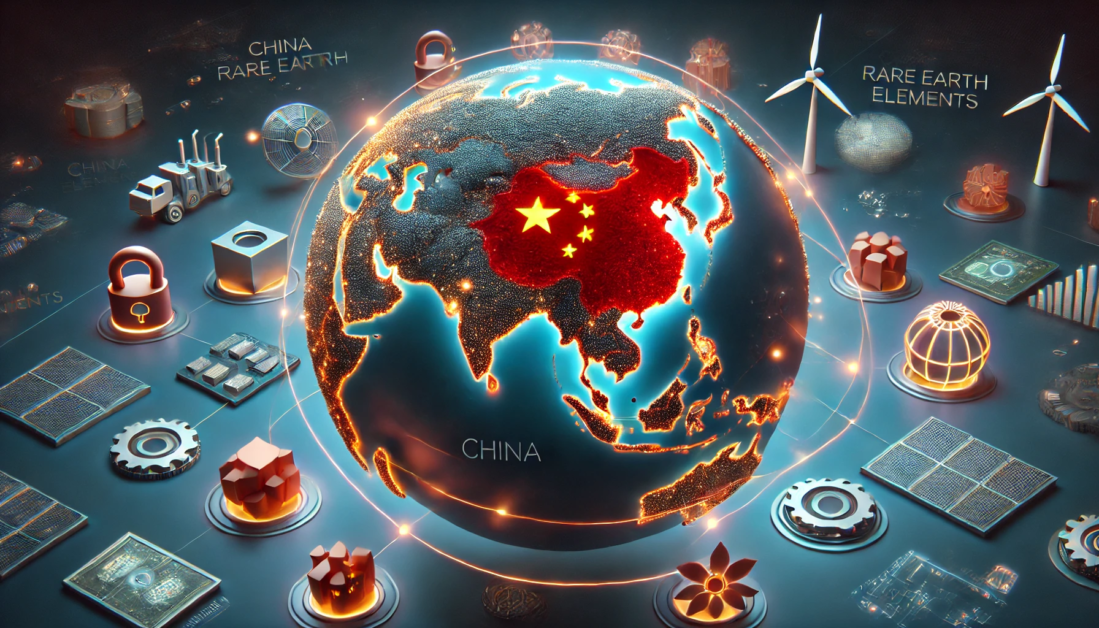China’s Dominance on Rare Earth Elements
Rare Earth Elements (REEs) are crucial in modern technology and industry. They are vital for manufacturing high-value goods, including defence systems and clean energy technologies. China has dominated the global rare earth market since the 1990s, supplying a staggering 85 to 95 per cent of the world’s demand. Recent reports indicate that shipments of rare earths have faced delays, raising concerns about the repercussions for various industries.
What Are Rare Earth Elements?
Rare Earth Elements consist of 17 chemical elements in the periodic table. These include cerium, dysprosium, erbium, europium, gadolinium, holmium, lanthanum, lutetium, neodymium, praseodymium, promethium, samarium, scandium, terbium, thulium, ytterbium, and yttrium. They are known for their similar chemical properties and silver-like appearance. Despite their name, REEs are not particularly rare in the Earth’s crust. However, concentrated and economically viable deposits are uncommon.
Environmental Impact of Mining
The mining and refining processes of REEs can cause environmental damage. Rare earth ores often contain harmful elements like arsenic and cadmium. During refining, these elements can be released into the environment, posing health risks and contaminating water sources. This paradox exists as REEs are essential for clean energy technologies, yet their extraction is environmentally detrimental.
China’s Strategic Control
China is the leading producer and refiner of REEs, with deposits found in various provinces. In the 1990s, the Chinese government declared REEs as strategic minerals. This designation allows China to impose restrictions on extraction based on domestic and international demand. Historical incidents, such as the 2010 export ban during a diplomatic dispute with Japan, highlight China’s control over this critical resource.
Recent Export Restrictions
In 2022, China announced export controls on several rare earths, citing national security and international obligations. This decision followed tensions with the United States during the trade war. The controlled elements include samarium, gadolinium, and dysprosium, which are essential for various high-tech applications. As a result, prices for these materials are expected to rise.
Global Response and Diversification
Countries are seeking alternatives to reduce dependence on Chinese REEs. Japan’s response to the 2010 export ban involved stockpiling, developing new mines, and promoting recycling. This strategy successfully decreased Japan’s reliance on Chinese rare earths from 90% to 60% by 2023. Such measures reflect a broader trend of de-risking supply chains while maintaining trade relations with China.
Future Implications
The ongoing dynamics of the rare earth market tell the importance of diversifying supply chains. The complexities of globalisation make this challenging, yet the necessity is evident amid rising tensions. Analysts note that despite economic challenges, China continues to innovate, suggesting its dominance in the tech sector may persist.
Month: Current Affairs - April, 2025
Category: Economy & Banking Current Affairs








